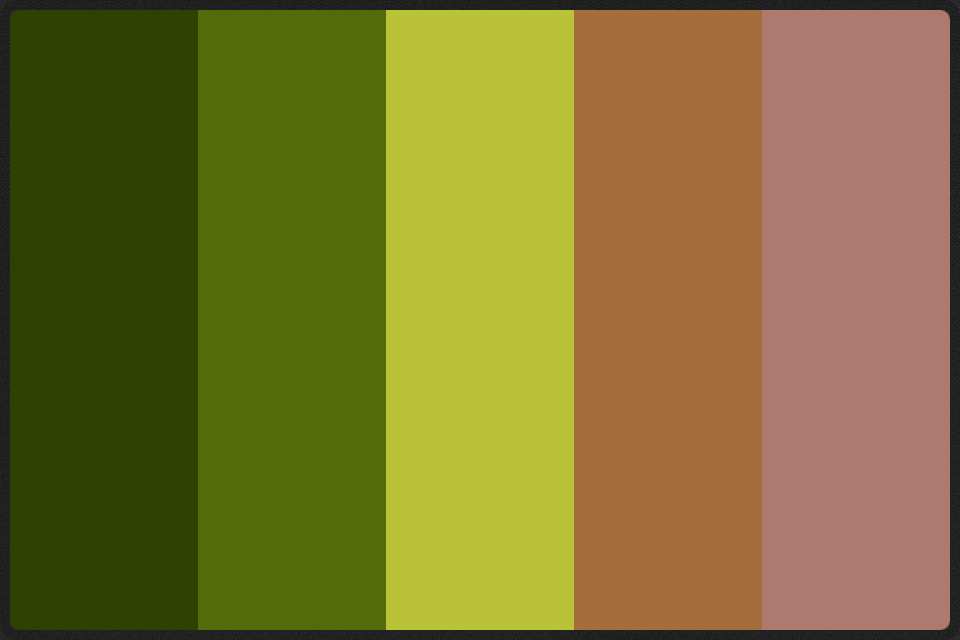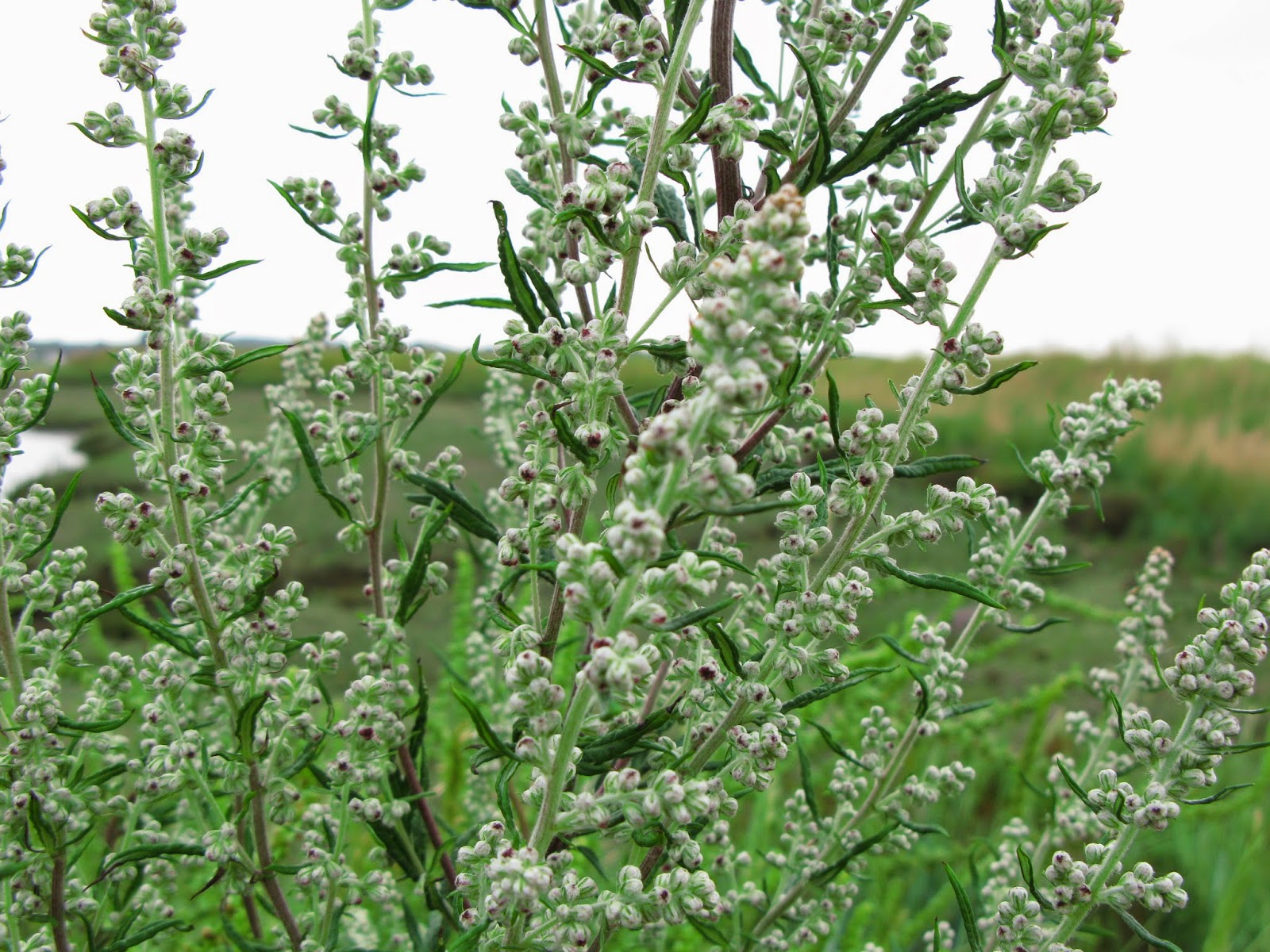The second stretch of my walks went from Thorham to Burnham Deepdale. By following the coast path we were taken inland for a few of the check points, which was quite interesting in botanical terms.
Part of the more Inland sample sites was the blend between 'truly wild' plants and those that were cultivated at some point and have spread from their origin.
Because it is towards the end of summer, some of the plants had taken a dried out autumn state, like this fat hen in the photo above. This creates some very vibrant and interesting colours.
The inland samples also got larger to include the trees that obviously grow in sheltered conditions much more readily than on the coast.
Because one of my sample sites fell directly next to a badly field it seemed only rift that badly should be one of the plants that I collect and record. I am glad I did because it has such a beautiful symmetrical structure.
As mentioned earlier some of the plants have dried out for the summer leaving almost skeletal versions of them behind. This red campion has beautiful sculpted seed pods tat got me thinking about the possibilities of using plants and their naturally formed seed pods to inspire packaging.
As well as inland sample sites, this walk included a few interesting stops in the salt marshes surrounding Brancaster. This is such a distinctive environment because many of these plants have to withstand complete inundation with salt water, which really effects the structural development of the plants.
Overall it was a very different walk to my first in that I did not sample directly from the coastline but rather from its general vicinity; ensuring a greater variety of plants identified.


























































































































